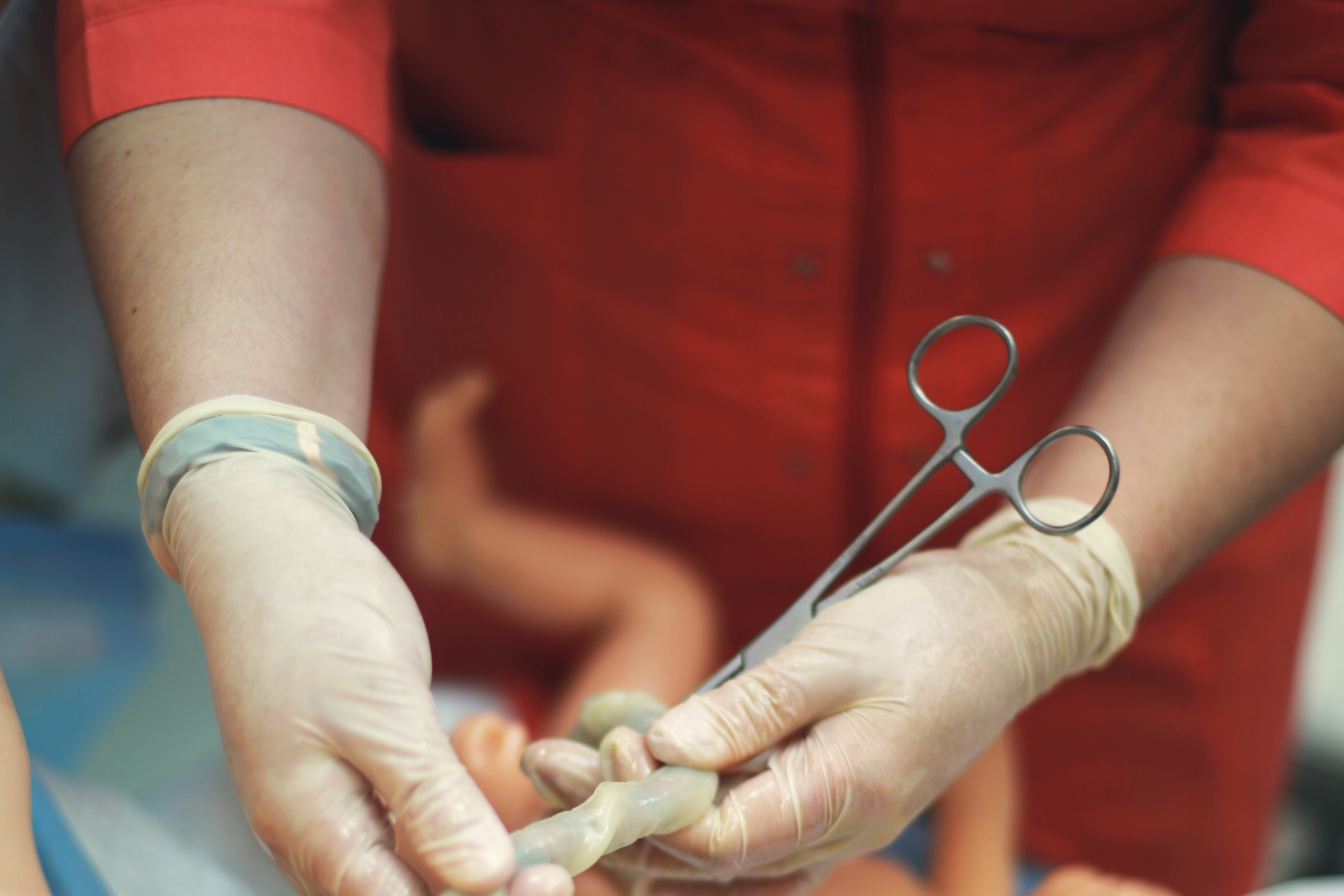Transitioning from being a student midwife to qualified has always been considered to be a steep learning curve. In this article Nicole Rajan-Brown, newly qualified midwife, explored this transfer in light of becoming independent and autonomous in practice.
Independence to autonomy: Taking off the stabilisers
Midwives are autonomous practitioners, requiring an independence in practice which must be developed across a professional lifetime. The transition from student to newly-qualified midwife is a leap in the journey of independence, moving to true practice autonomy. As such, my relationship with independence has changed. I have moved from being a student with a desperate desire to gain more independence, to a level of unexpected overwhelm as a newly qualified midwife.
Confidence and independence
Towards the end of my degree, I felt confident. Ready for qualification and for the next challenge. During placements, working with another midwife at times felt restrictive, having to practice in the way they dictated, which did not always align with my personal midwifery practice. Gaining independence with qualification meant the freedom to develop my own personal practice, the freedom to be the midwife I had worked so hard over three years to become. This prospect was exciting and passion igniting.
Silent Protection
Working under a supporting figure, confidence grows, and progression can occur; just as a child learning to ride a bike requires at first stabilisers, then a close support before learning to cycle themselves. As competence is gained, so confidence grows, supporting independence. Independence is often unassuming and incrementally gained, without being the actual focus of development. Gaining independence is cyclical; founded in knowledge, independence is a by-product of confidence and competence, building with each new skill.
As a student, this often-unnoticed protection of supervisors as a student provides a solid sense of independence supporting you to excel. Supervisors create a safe space in which independence can grow, stepping in to provide support where necessary. This silently curated environment enables students to fulfil the necessary competencies for qualification. However, it also protects students from the full scope of the role. Protections from the enormity of the role, allow students to focus on independence in individual skills.
Autonomy and overwhelm
A true understanding of autonomy and the responsibility of independence is not fully appreciated until the point of qualification. The realisation of the weight of responsibility and decision-making has made me question my knowledge and skills. This is particularly pertinent in the current climate of pressures on maternity services, where the potential for litigation is at the forefront of discussions. As a midwife, it is essential to regularly ask questions, working as part of the multi-disciplinary team and to continually building knowledge in the ever-changing landscape of new evidence.
Second guessing my abilities as a midwife has led to asking for more support as a newly-qualified midwife than I felt I ever needed to as a final year student. Rather than supervision to build confidence in individual skills, I now require support to have confidence in my midwifery knowledge and decision-making.
The preceptorship period is important to facilitate the transition, providing appropriate support to the overwhelm of autonomy. This transition can be equally empowering and destabilising. The leap from independence to autonomy is striking. Independence as a student is based on skills,
independence as a newly-qualified midwife is based on developing autonomy. I am wobbling my way through my first months without stabilisers, lucky to have experienced midwives ready to catch me if I fall. As the overwhelm settles and confidence builds again, the excitement and joy of autonomy reappears, with the ability to practice in a way that aligns with personal midwifery values.
Nicole Rajan-Brown
Registered midwife
January 2023


